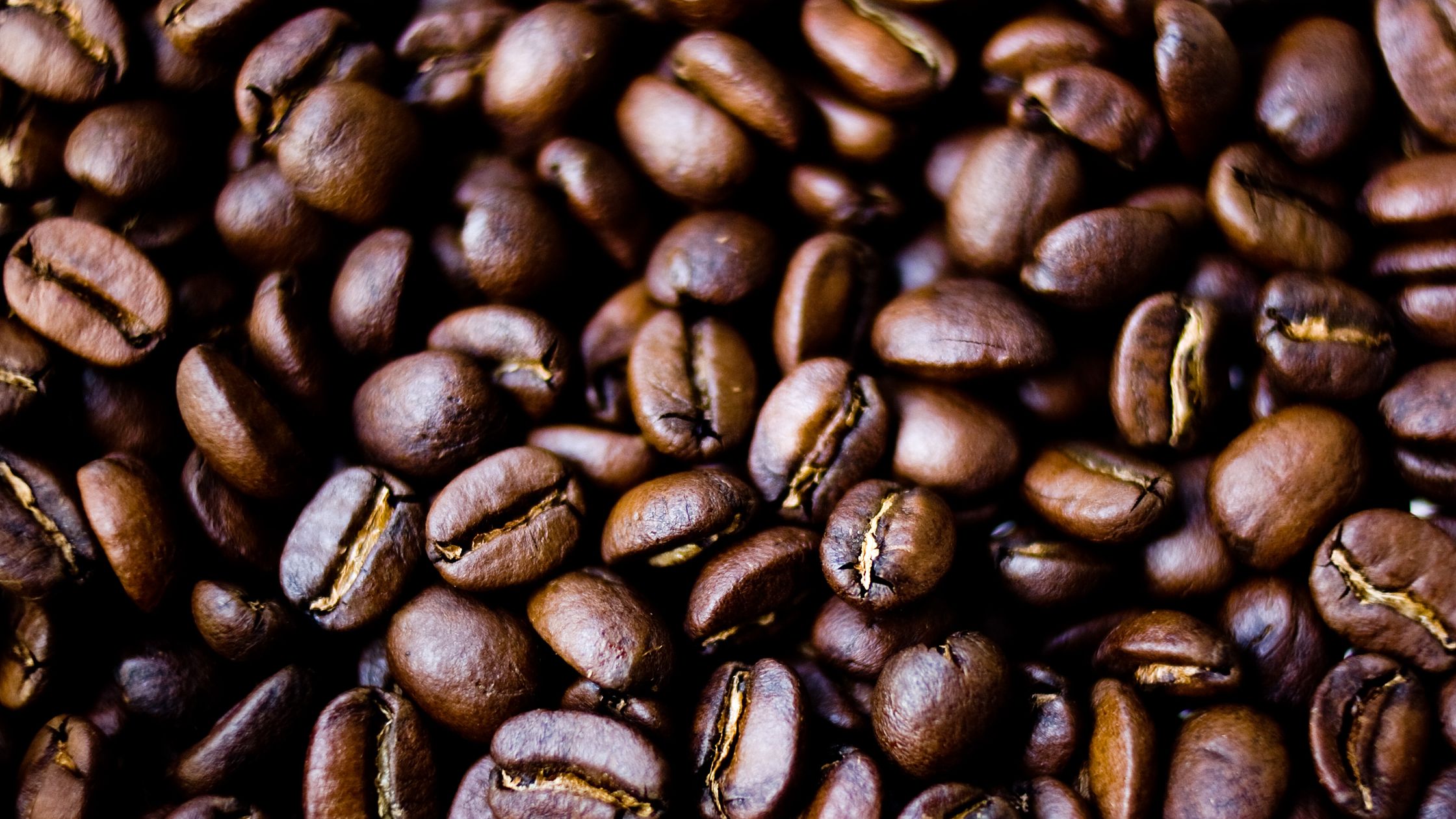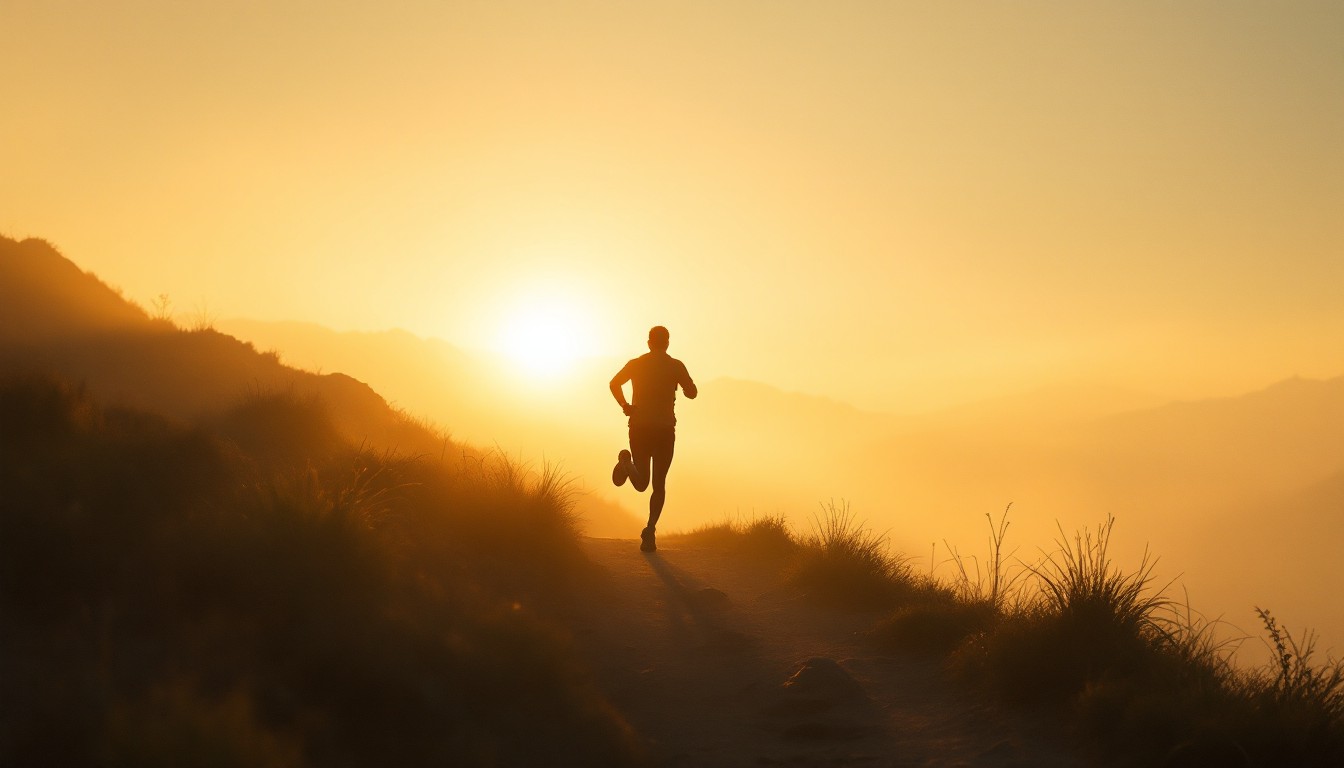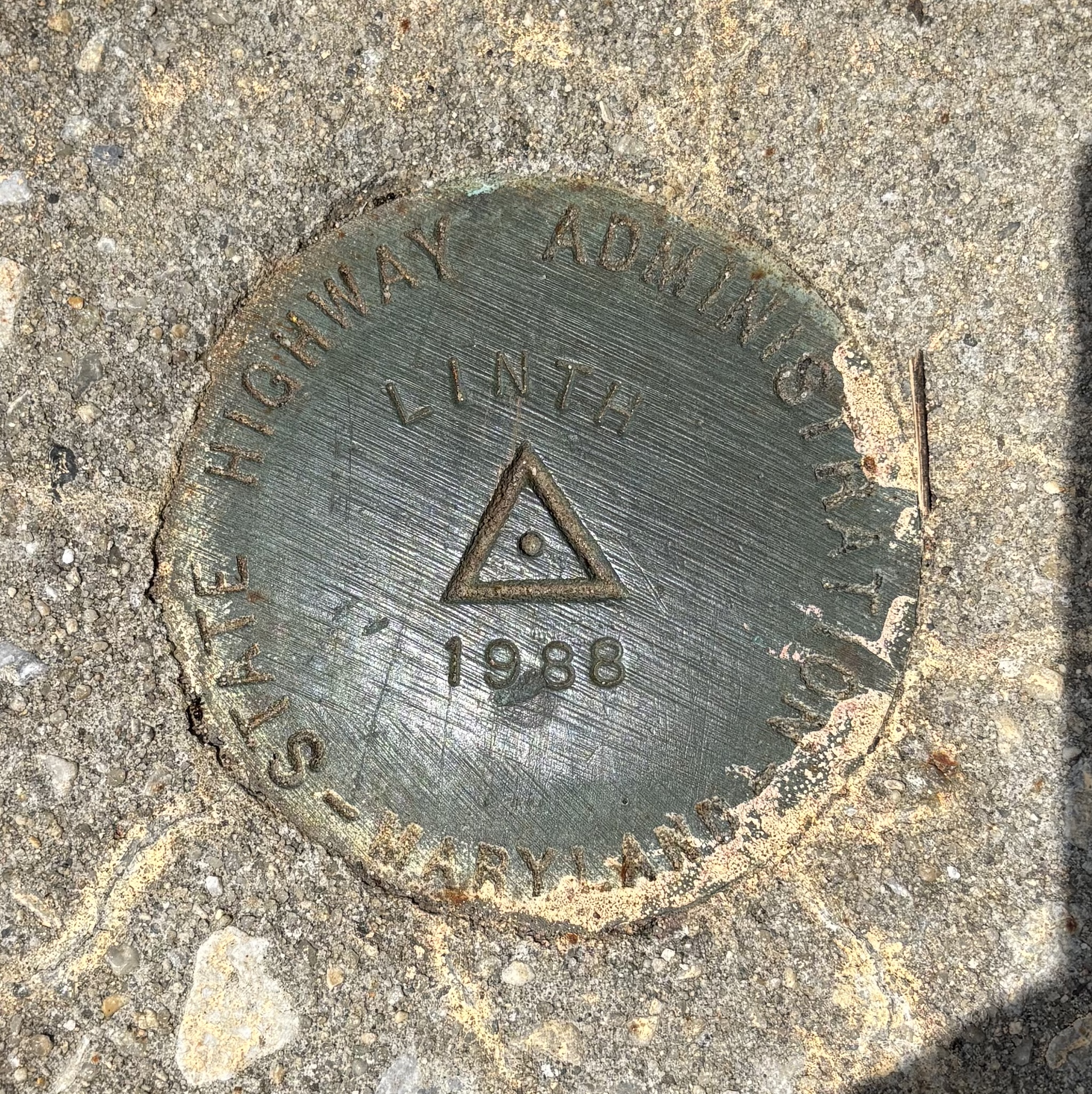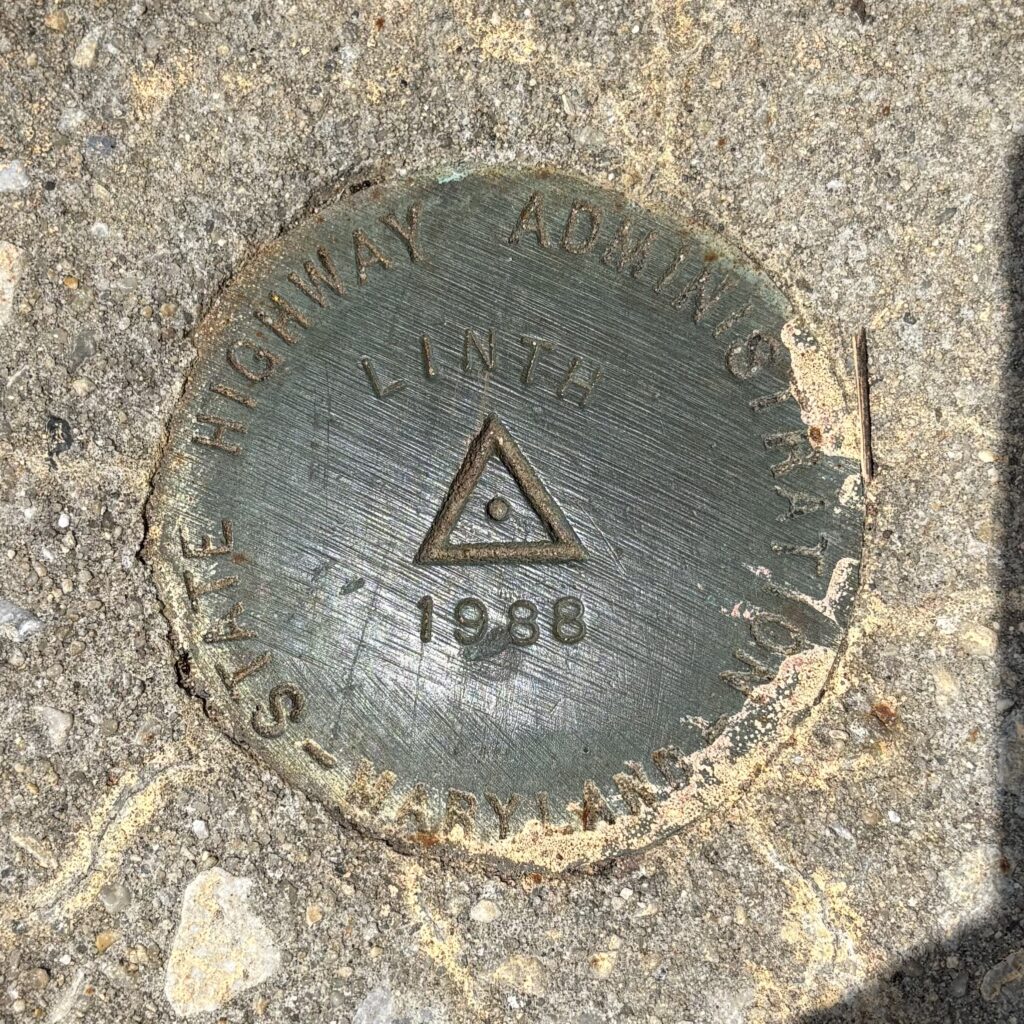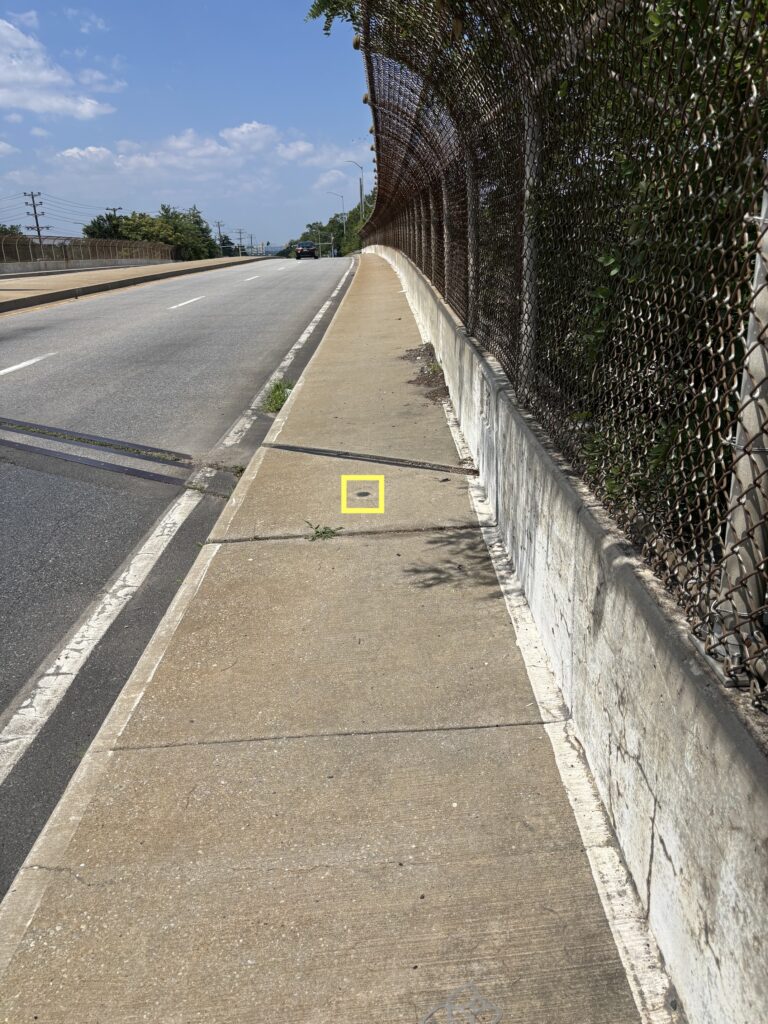Just a few quick notes about biking, paddling, and running at Bethany this summer, and some potential plans for next year. We brought the 12′ touring kayak and the ISUP to the beach this year, as well as the usual road bikes. The first part of the week was extremely hot, followed by a day or two of normal summer beach weather, and then an overcast and breezy day on Friday.
On Monday morning, I kicked the week off with a 7-mile run along what has become my “usual” Bethany running route: south on Kent Ave, west on Muddy Neck Rd, north on West Ave or Woodland Ave to Central Ave (via Daisey Ave), east on Fred Hudson Rd to Coastal Highway, and then back south to Bethany. It’s not perfect, as it lacks shade in spots, has a few busy road crossings, and also has a couple of “choke points” with narrow shoulders and heavy traffic. There’s also nowhere to refill a water bottle along the way. However, it’s a nice loop that gets me 7+ miles with no doubling back needed (rare in coastal areas), and tends not to be too crowded with walkers and casual bikers, which is also a plus in a resort town in the summer.
On Tuesday morning, I rode my bike south to the Ocean City, MD inlet. I’ve ridden from Bethany to O.C. and back several times, but this was the first time I had ever ridden all the way to the inlet. The final mile or two of Coastal Highway prior to the inlet lacks bike lanes, but riding on the boardwalk is allowed until noon, though it can get crowded. There are various alleyways that run parallel to the highway on the ocean side, and some back roads with bike lanes on the bay side, but nothing contiguous on either side. This part of the ride was slow going, as I hopped around trying to find the best route. I also stopped to find several geocaches. North of the boardwalk, things went faster, as there’s a wide shoulder for bikes and buses only, with only the traffic lights occasionally slowing me down. In the heat and humidity, the best strategy for dealing with lights is to slow down far in advance of a red light, and try to avoid coming to a complete stop before the light turns green. If stopping is unavoidable, try to stop in the shade. Due to the heat and the slow progress through O.C., this ride felt longer than its actual distance of 32 miles. I was definitely dragging a bit for the final 5 miles or so.
Wednesday morning, I got on the bike for a second consecutive day for an unplanned ride to Selbyville/Fenwick, and briefly crossed into Maryland for a geocaching first-to-find. On my way south, I took an inland route, which I enjoy, because it gets me out of beach traffic and into Delaware farm country (although there are a few busy stretches here and there). I then retraced my steps back north on Coastal Highway to Bethany. Compared to Tuesday, this ride was a breeze. The temperature was several degrees cooler, the ride was 8 miles shorter, and I didn’t have to stop as often.
Thursday was my first time in the kayak. I put in at the Kent Ave launch at the early hour of 6:45am and paddled south on the canal, into Assawoman Bay, and southwest to Sassafras Landing, where I briefly took out and made a slightly ill-advised trek into the bug-laden woods to find an old geocache that was hidden in 2007. I had come prepared, with permethrin-treated clothing and plenty of DEET on my skin, and as a result, the ticks and skeeters left me alone. The horseflies, on the other hand, were merciless. Fortunately, it didn’t take me too long to find the cache. It had been on my to-do list for several years, so I was happy to find it. I had the sun in my eyes for the paddle back to the launch, and it was starting to warm up, but there was enough of a breeze to keep things tolerable. It is always fun navigating around the marsh grasses that grow in these tidal bays. It’s easy to make a wrong turn and end up at a dead end. This was mainly an issue on the way back to the launch, where I had to be careful not to turn back toward the canal too early. In this area, there are a number of man-made objects (duck blinds, crab pot floats, the pavilion at Strawberry Landing, etc) which I was able to use as navigational aids.
Initially, we had been planning to paddle at Millsboro Pond on Friday morning, but gusty winds forced us to postpone that until Saturday. Instead, I took advantage of the overcast skies and low-70s temperatures to go running. I think it was probably the most favorable running weather I’ve ever had in Bethany, although I was still rather sweaty at the end. The only absolute certainty at the shore in the summertime is that it will be humid, whether it’s cool or warm, cloudy or sunny.
Saturday morning, my son and I made it to Millsboro Pond for the paddle that had been planned for Friday. It was much less windy than Friday, but still mostly cloudy to overcast, which made for really nice paddling conditions. This was my third time paddling here, and my first in two years. The traffic getting to and from Millsboro from Bethany can be annoying, but this is a great place to paddle, and worth the drive, as I wrote back in 2023. As we found out today, it’s also a great place for stand-up paddleboarding. Today’s featured wildlife sighting was a bald eagle, which a smaller bird appeared to be chasing. There was also the usual bevy of turtles, herons, geese, damselflies, and various other birds and insects. I typically find it boring to paddle on large flatwater lakes and ponds, but Millsboro Pond is an exception to that rule. I’ll definitely be back.
That about wraps up 2025’s beach trip. Here are a few ideas for things to do in 2026.
- I’d like to paddle the entire length of the Assawoman Canal at some point. Depending on what you consider to be the beginning and end, this can range from 6 to 8 miles round-trip.
- I’m kicking around the idea of paddling somewhere around Burton Island. There’s a cache at the south end of the island, but I’m not sure if it’s easily accessible from the water. All the same, there are a couple of nice water trails there around Delaware Seashore State Park. If I ever buy a sea kayak, there’s fairly easy access to the ocean from that area via the Indian River Inlet.
- A return to Millsboro Pond may be in the cards.
- As far as biking goes, I’ve found most of the bikeable caches further inland, so I’ll probably end up heading north to Rehoboth again, as I didn’t get there this year. I’d love to have some new caches to find around Roxana, Frankford, and/or Selbyville, so I’ll keep my fingers crossed that someone decides to hide a few.
